
Home » How to Build a Self-Watering System for Your Outdoor Garden
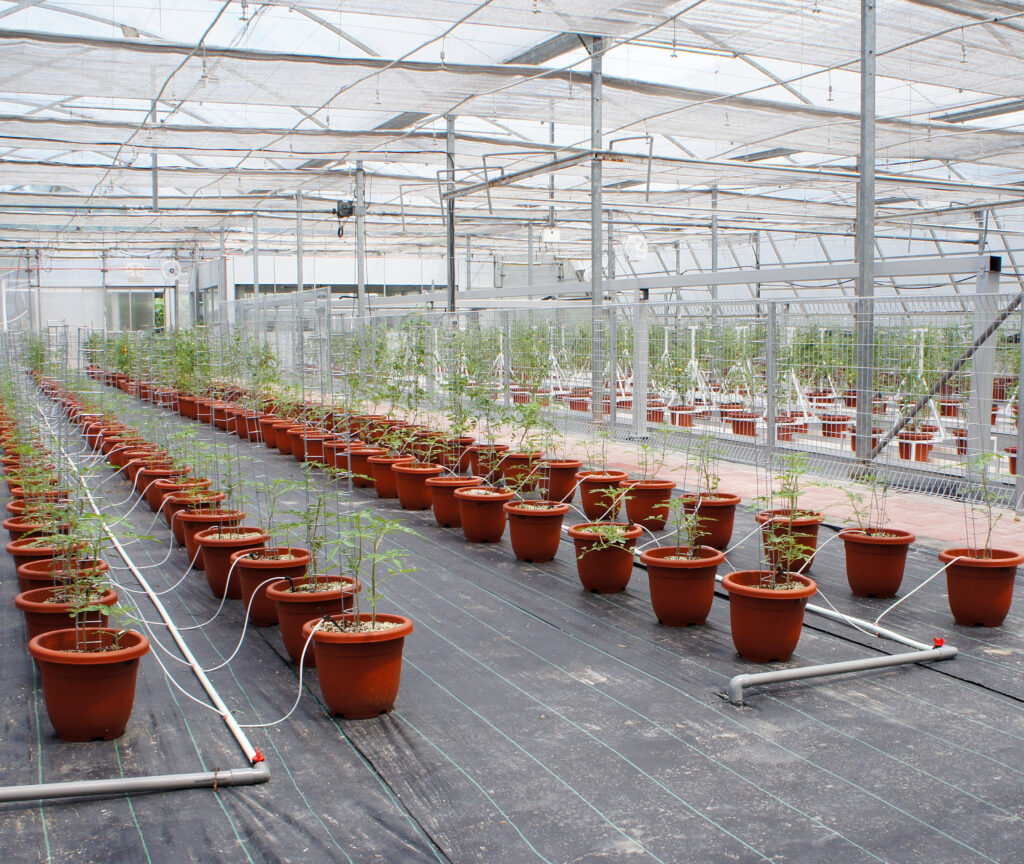
We all love spending time in the garden. But creating your personal Eden is not as simple as planting in the spring and harvesting in the summer. Unfortunately, there is a massive amount of upkeep required during these two important periods. Most of the work necessary for your garden to flourish is up to one simple, yet time-consuming task – watering. Some people find watering the garden therapeutic. But let’s be honest, hand watering the garden in 30-degree heat an hour before leaving to your nephew’s 10th birthday party does not sound therapeutic – it sounds stressful. So, if you’re interested in leaving stress out of the garden, visit the staff at PNW Garden Supply for the tools and knowledge you need to build a self-watering system.
Self-watering systems are a primitive form of hydroponics in which water is strategically worked from hose lines to the base of plants. Self-watering systems are incredibly easy to install and manage. Hose lines can be directly attached to your home’s water mainline. And, while self-watering systems vary in size and shape, they all accomplish the same goal of saving water and time in the garden. By relying on timers, hose lines, and drip emitters, growers can automate the irrigation process and supply each plant with a scheduled amount of water.
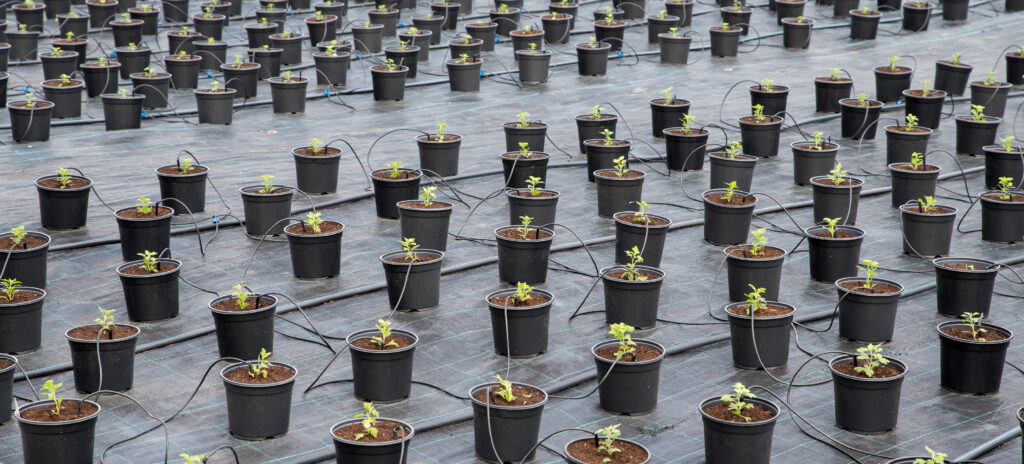
Whether your plants are in pots or beds, self-watering systems can be manipulated in infinite ways to satisfy the irrigation needs of your garden. With only a few simple tools, any garden can be transformed into a resource-saving masterpiece. Interested in building a self-watering system? Let’s get started!
Click here to learn how you can build a Self Watering System
Before you install your hose line, plan and configure your self-watering system to the layout of your garden. Map a rough draft of your self-watering system and purchase the appropriate fittings, accessories, and hose line. Hose line fittings like elbows, tees, crosses, and adapters can be used to change the direction of hose lines if needed.
Begin to install the previously mapped hose line. Keep your hose line straight during this installation; bends and curves in the line will slow down water pressure during irrigation. Also, direct angles can be made by cutting your hose line and installing hose fittings.
Punch small holes into your mainline pipe and insert the barbed adapter fittings. From there, connect the lengths of the spaghetti line to the fittings and extend the hose to the base of your plants. Lastly, install drip emitters to the ends of the spaghetti line. Alligator stakes can be used to stabilize the spaghetti line next to your plants.
Your self-watering system needs adequate pressure in order to function. So, make sure that all the open ends of your hose line are sufficiently plugged.
Take the beginning of your hose line and insert it into a faucet timer of your choice. Then, connect the opposite end of the timer to your water source.
Most faucet timers have two settings: frequency and run-time. Frequency determines the regularity of irrigation (once per day), while run-time describes the time that each plant will receive water (5 minutes). Experiment with both of these settings while automating your irrigation system and determine which cycle works best for your garden.
NOTE: Speak to your sales representative at PNW Garden Supply for more information on the role and function of drip emitters in a self-watering system. High-quality drip emitters are pressure compensating (PC), meaning they pressurize and expel water at a measured rate. This ensures that each and every plant on the irrigation line gets the same measured amount of water and nutrients per scheduled feeding. PC drip emitters come in many sizes including half, one, or two gallons of water per hour of run-time. To find out which size would best suit your garden, speak to the expert staff at PNW Garden Supply.
Congratulations on building a self-watering system! Want to learn more about what can be found in-store at PNW? Browse our online store, or call your local PNW for more information on all the products available at Pacific Northwest Garden Supply.
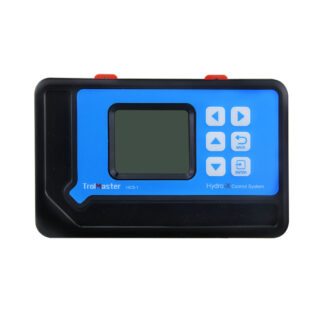 TrolMaster Hydro-X Environment Control System
TrolMaster Hydro-X Environment Control System
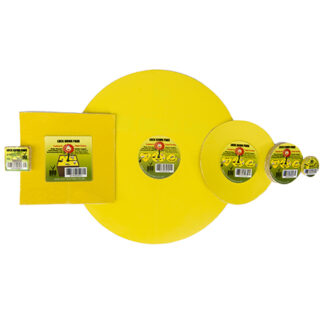 Lock Down Pads
$4.75 – $12.99
Lock Down Pads
$4.75 – $12.99
 Grower's Edge® Digital Thermometer & Hygrometer
$39.99
Grower's Edge® Digital Thermometer & Hygrometer
$39.99
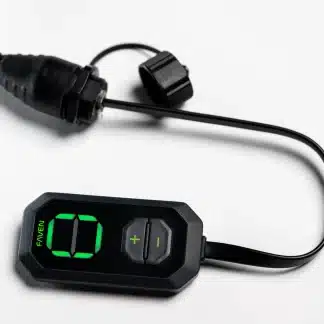 Faven Mini Controller
$84.19
Faven Mini Controller
$84.19
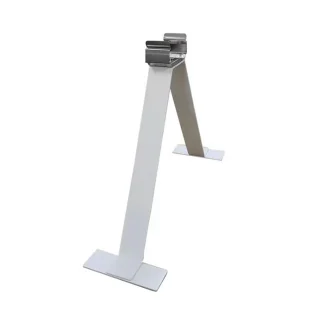 Faven Stands 8" & 12"
$31.99
Faven Stands 8" & 12"
$31.99
 Faven Adjustable Stands
$33.56
Faven Adjustable Stands
$33.56
 TrolMaster Hydro-X Environment Control System
TrolMaster Hydro-X Environment Control System
 Lock Down Pads
$4.75 – $12.99
Lock Down Pads
$4.75 – $12.99
 Grower's Edge® Digital Thermometer & Hygrometer
$39.99
Grower's Edge® Digital Thermometer & Hygrometer
$39.99
Contact Info:
15374 103 A Ave, Surrey, BC V3R 7A2
Hours:
Mon – Fri: 8:00 – 16:30
COPYRIGHT © 2022 Pacific Northwest. ALL RIGHTS RESERVED.
MANAGED BY THE WP LAB. POWERED BY ELITEWEB.CO
You are being redirected to an informational site which educates people on how to Cultivate Medical Cannabis in Canada.
Hours: 9am – 6pm
Hours: 9am – 5:30pm
Hours: 9.30am – 6pm
Hours: 9am – 6pm
Hours: 9am – 6pm
Hours: 9.30am – 6pm
Hours: 9am – 5.30pm
Hours: 9.30am – 6pm
Hours: 9am – 5:30pm
Hours: 9.30am – 6pm